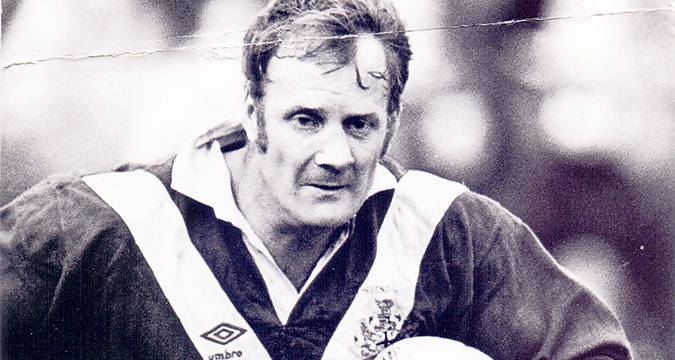 A ONE-TIME Wales rugby union international, Roy Mathias switched codes in 1972 and went on to enjoy more than a decade in Rugby League.
He played for the great Saints team of the mid-1970s, mainly from the wing, where he scored just over a try every other game. He later moved into the forwards.
Mathias played for Wales and was selected on the
A ONE-TIME Wales rugby union international, Roy Mathias switched codes in 1972 and went on to enjoy more than a decade in Rugby League.
He played for the great Saints team of the mid-1970s, mainly from the wing, where he scored just over a try every other game. He later moved into the forwards.
Mathias played for Wales and was selected on the Rugby League Heroes: Roy Mathias
 A ONE-TIME Wales rugby union international, Roy Mathias switched codes in 1972 and went on to enjoy more than a decade in Rugby League.
He played for the great Saints team of the mid-1970s, mainly from the wing, where he scored just over a try every other game. He later moved into the forwards.
Mathias played for Wales and was selected on the
A ONE-TIME Wales rugby union international, Roy Mathias switched codes in 1972 and went on to enjoy more than a decade in Rugby League.
He played for the great Saints team of the mid-1970s, mainly from the wing, where he scored just over a try every other game. He later moved into the forwards.
Mathias played for Wales and was selected on the 